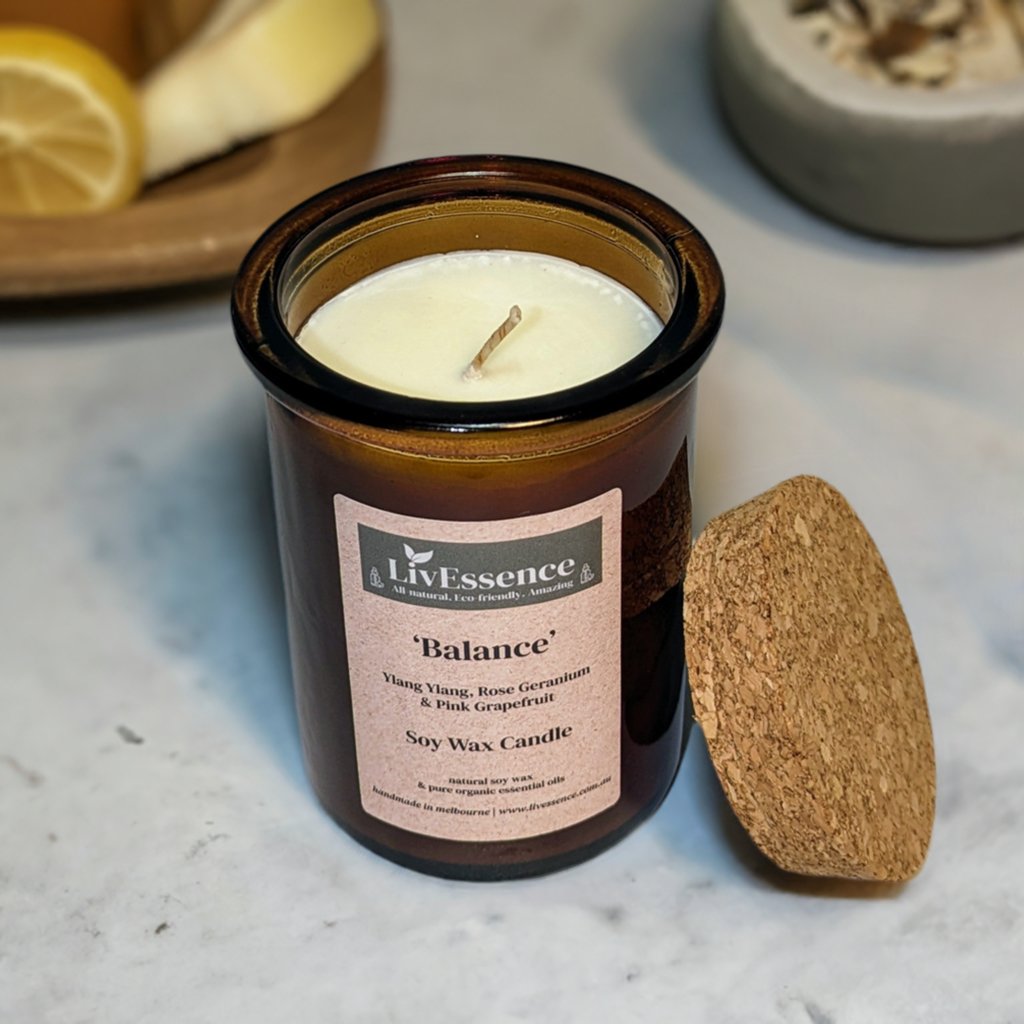Discover the World of Crystal Soy Candles and Home Fragrance Thrills
Discover the World of Crystal Soy Candles and Home Fragrance Thrills
Blog Article
From Wick to Wax: Understanding the Chemistry Behind Soy Wax Candles and Their Ecological Effect
As we illuminate our spaces with the warm radiance of candle lights, there lies a realm of detailed chemistry behind the relatively simple act of lighting a soy wax candle light. Join us as we unravel the scientific intricacies behind soy wax candles and explore their effects on our setting.
Soy Wax Vs. Paraffin Wax
When comparing soy wax and paraffin wax for candle production, it is vital to comprehend the distinctive characteristics and benefits of each product. Soy wax is a natural, renewable energy stemmed from soybean oil, making it eco-friendly and biodegradable - soy candles. On the other hand, paraffin wax is a by-product of oil refining, which elevates problems regarding its ecological influence and sustainability
Soy wax candle lights burn cleaner and give off less soot contrasted to paraffin wax candle lights, making them a much healthier option for interior air high quality. Furthermore, soy wax has a reduced melting factor, enabling a longer-lasting candle that disperses fragrance more efficiently. Paraffin wax, on the other hand, tends to melt faster and much less cleanly, possibly launching dangerous chemicals into the air.
From a sustainability perspective, soy wax is preferred for its biodegradability and eco-friendly sourcing, lining up with the growing customer choice for eco aware items. While paraffin wax has been a traditional selection in candle light making because of its affordability and convenience of use, the shift in the direction of environmentally friendly alternatives like soy wax is obtaining energy in the market.
Chemical Composition of Soy Wax

Burning Refine in Soy Candles
The chemical structure of soy wax directly affects the burning procedure in soy candles, affecting factors such as melt time, aroma release, and environmental influence. When a soy candle light is lit, the warm from the flame thaws the wax near the wick. This fluid wax is then attracted up the wick as a result of capillary activity. As the liquid wax reaches the fire, it vaporizes and undergoes combustion. The burning process entails the vaporized hydrocarbons in the wax responding with oxygen in the air to generate warm, light, water vapor, and co2.
The burning performance of soy candle lights is affected by the pureness of the soy wax and the high quality of the wick. In addition, soy wax candle lights have a lower ecological influence compared to paraffin candles due to their biodegradable and sustainable nature.

Ecological Benefits of Soy Wax

Considered a sustainable alternative to conventional paraffin wax, soy wax provides significant ecological benefits that make it a prominent option among eco-conscious customers. One considerable benefit of soy wax is its sustainable sourcing. Soy wax try here is acquired from soybean oil, which is mostly grown in the USA. The growing of soybeans assists support local farmers and reduces the dependence on non-renewable nonrenewable fuel sources utilized in paraffin wax production. Additionally, soy wax is biodegradable, suggesting it damages down naturally without releasing unsafe contaminants right into the atmosphere. This characteristic makes soy wax candle lights a more eco-friendly choice compared to paraffin wax candle lights, which are made from oil, a non-renewable resource. Furthermore, soy wax burns cleaner and produces less soot than paraffin wax, adding to far better interior air quality and decreasing the need for cleansing and maintenance. Generally, the ecological benefits of soy wax line up with the expanding demand for eco-friendly and lasting products out there.
Recycling and Disposal Considerations
Reusing and appropriate disposal of soy wax candle lights play a critical role in maintaining environmental sustainability and lowering waste in houses and neighborhoods. The very first action is to make certain that the candle light has actually burned completely when it comes to reusing soy wax candle lights. This can be accomplished by permitting the candle light to shed until the wick is no more functional, and after that letting the continuing to be wax cool and solidify. As soon as the wax has actually solidified, it can be meticulously removed from the container.

In terms of disposal, if recycling is not an alternative, soy wax candles are naturally degradable and can be securely dealt with in a Clicking Here lot of home waste systems. Nevertheless, it is always recommended to get in touch with regional recycling facilities or waste monitoring solutions for particular click for more info standards on candle disposal to guarantee proper handling and ecological security.
Final Thought
Finally, the chemistry behind soy wax candle lights reveals their ecological benefits over paraffin wax candles. Soy wax, derived from soybean oil, burns cleaner and creates less residue when contrasted to paraffin wax. The burning process in soy candles is more efficient, causing a longer and more also burn. Furthermore, soy wax is naturally degradable and renewable, making it a much more lasting option for candle light manufacturing. Recycling and appropriate disposal of soy wax candles even more add to their environmental effect.
When comparing soy wax and paraffin wax for candle production, it is crucial to comprehend the distinctive qualities and advantages of each product (candles).Soy wax candles melt cleaner and give off much less soot compared to paraffin wax candles, making them a much healthier choice for indoor air top quality.Thought about a lasting option to typical paraffin wax, soy wax provides significant environmental advantages that make it a popular option among eco-conscious consumers. Soy wax burns cleaner and generates less soot than paraffin wax, adding to far better interior air top quality and reducing the need for cleaning and upkeep.In verdict, the chemistry behind soy wax candle lights discloses their ecological benefits over paraffin wax candle lights
Report this page